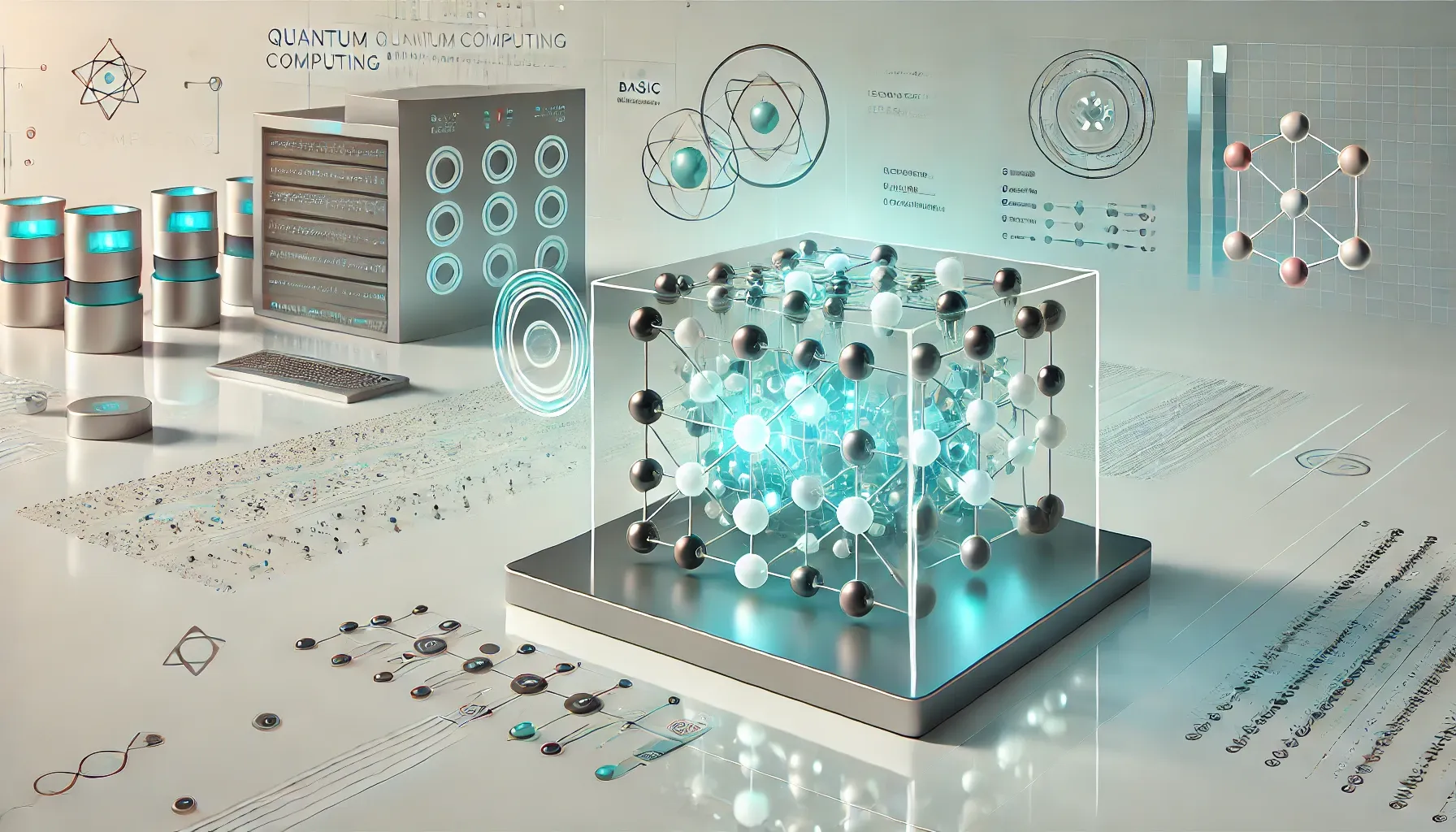Agencia 92: Your Source for Trending News
Stay updated with the latest insights and stories that matter.
Quantum Quirks: Why Your Next Computer Might Think Like Schrödinger's Cat
Explore the mind-bending world of quantum computing and discover why your next computer could think like Schrödinger's Cat!
Exploring Quantum Computing: The Cat's Out of the Box
Quantum computing has been a topic of fascination and speculation for decades, but recent advancements are finally bringing this groundbreaking technology into the mainstream. Unlike traditional computers that process information in binary form (0s and 1s), quantum computers harness the bizarre principles of quantum mechanics to perform complex calculations at unprecedented speeds. This enables them to tackle problems that are currently infeasible for even the most powerful supercomputers. As we explore quantum computing, we find that its potential applications range from cryptography and drug discovery to optimization problems in logistics and artificial intelligence.
The metaphor of Schrödinger's cat beautifully illustrates the duality of existence inherent in quantum systems. Much like this thought experiment, where a cat is simultaneously alive and dead until observed, quantum computers operate in a state of superposition. This allows them to explore multiple solutions concurrently, a radical departure from classical computing methods. As researchers continue to push the boundaries, we are beginning to see practical implementations in various sectors, heralding a new era. The truth is, the cat’s out of the box, and the journey into the world of quantum computing is just beginning, promising innovations we have yet to fully imagine.

Understanding Superposition: How Quantum Bits Are Like Schrödinger's Cat
Understanding Superposition is essential when delving into the world of quantum computing. At the heart of this concept are quantum bits, or qubits, which differ fundamentally from classical bits. While classical bits exist in one of two states, either 0 or 1, qubits can exist in multiple states simultaneously due to the principle of superposition. This means that a qubit can represent both 0 and 1 at the same time, much like Schrödinger's Cat, which is famously both alive and dead until observed. This remarkable ability enables quantum computers to process vast amounts of information more efficiently than their classical counterparts.
To further grasp this concept, consider a quantum computer as a powerful tool for solving complex problems. The superposition of qubits allows them to perform multiple calculations at once, significantly enhancing computational speed and power. When applied to practical scenarios, this could lead to breakthroughs in fields such as cryptography, optimization problems, and even drug discovery. Just as Schrödinger's Cat challenges our understanding of reality through its dual existence, superposition challenges traditional computing paradigms, pushing the boundaries of what we thought was possible.
Is Your Future Computer a Quantum Genius or a Flawed Feline?
As we delve into the world of computing, the question arises: is your future computer going to be a quantum genius or just a flawed feline? Quantum computing represents a revolutionary leap, harnessing the principles of quantum mechanics to perform calculations at speeds unimaginable with today's classical computers. With the potential to solve complex problems in seconds, these devices could transform industries, from cryptography to drug discovery, leading us to a future where problems that currently baffle our best machines might be resolved effortlessly.
However, this enchantment comes with its own set of challenges. The **flawed feline** analogy serves to remind us that even as we strive for technological advancement, we must be cautious of the inherent imperfections in our designs. Quantum computers are still in nascent stages, often plagued by issues like qubit instability and error rates. As we navigate the complexities of this technology, it’s crucial to recognize that while the allure of a quantum genius captivates us, a balanced understanding of its limitations will be essential for making informed decisions about our digital future.